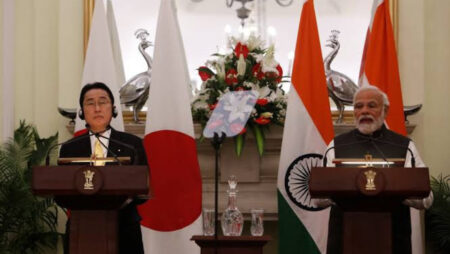The Japanese space probe, Hayabusa 2, has successfully retrieved specks of dust from asteroid Ryugu which is approximately 300 million kilometers from Earth.
It is not just the dust particles that is of importance but the presence of water found in it that has surprised the scientists.
“The surprising content was a drop of water”, scientists said on Friday.
Former theories have implied that life on Earth might be originated from outer space. The recent discovery of water droplets further lends support to it.
“This drop of water has great meaning, many researchers believe that water was brought (from outer space) but we actually discovered water in asteroid Ryugu, an asteroid near Earth, for the first time” said the lead scientist Tomoki Nakamura of Tohoku University.
The water drop was in fact carbonated water that contained salt and other organic matter. This point reinstates the argument brought up by many other scientists who defended that it was asteroids that might have carried water to Earth.
Nakamura, along with his team of 150 talented scientists from all around the world is in support of this theory as he believes it could be directly connected to the origins of the oceans on Earth.
Launched in 2014, Hayabusa-2 was sent on a mission to Ryugu to explore the asteroid. Two years back, it returned back to Earth containing the rare and valuable samples.
Analysis of the particles found in asteroid Ryugu
Lots of studies has been made by the scientists based on the samples. Some of the findings involve the uncovering of organic material which proved that Amino acids, one of the building blocks of life on Earth, might be from space.
They also found a wide range of minerals like calcium, particles rich in aluminum and even magnetite.
With a total of 150 members, comprising of 30 researchers from US, China, Britain, Italy, and France, Nakamura’s team became the largest in the analyses of the Ryugu sample.
To achieve maximum efficiency in advanced discoveries, the sample has been divided among different scientific teams by the Japan Aerospace Exploration Agency (JAXA).
“The fact that water was discovered in the sample itself is surprising,” given its fragility and the chances of it being destroyed in outer space, it does suggest that the asteroid contained water – in the form of fluid and not just ice – and organic matter may have been generated in that water” said Kensei Kobayashi, an astrobiology expert and professor of Yokohama National University.
“Liquid water trapped in crystals in the sample was found. The water was held in micron-sized vacancies,” JAXA said in a statement.
During the research, scientists studied 17 samples from Ryugu weighing about 1-8mm and detected an iron sulphide pyrrhotite crystal which contained the carbonated water.
According to the researchers, the Ryugu asteroid was born in the darkness of a stellar gas cloud situating far from the Sun. As such there could be rocks located deep underground consisting of more water.
This could be because of the difference in the variation of ratio between the surface and interior of rock and water.
The parent body of Ryugu, originated around 2 million years after the solar system was formed. For the next 3 million years it entered a stage of heating up which resulted in the chemical reaction between water and rock.
The samples that were discovered from contained materials which were present near the surface of the parent body. Apparently, the sample is compared to that of volcanic igneous rocks on Earth thus making them soft and easy to cut with a blade.
The hydrous minerals like silicates and carbon compounds were most likely formed due to the reaction with water and carbon dioxide present in the asteroid Ryugu.













